Pictures From a Briefcase
Posted in Architecture, Art, Artist Books / Monographs, Exhibition catalogue, Motto Books on January 4th, 2025Tags: Alexander Rappaport, Latvia, Maxim Boxer Gallery, Pictures From a Briefcase
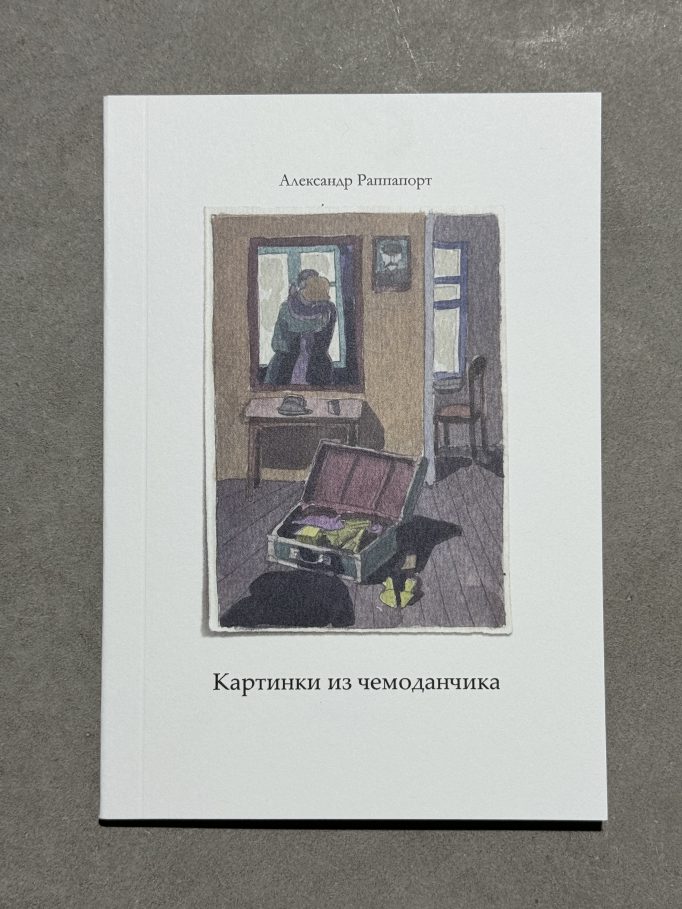
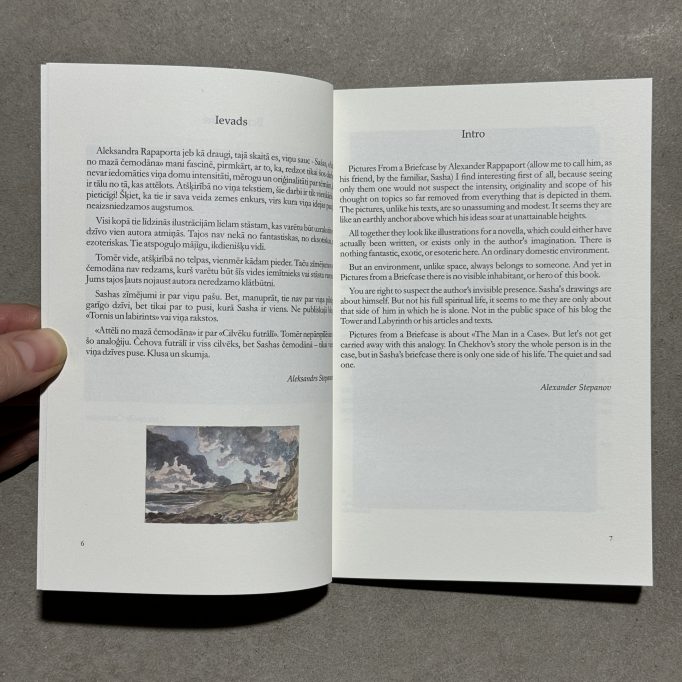
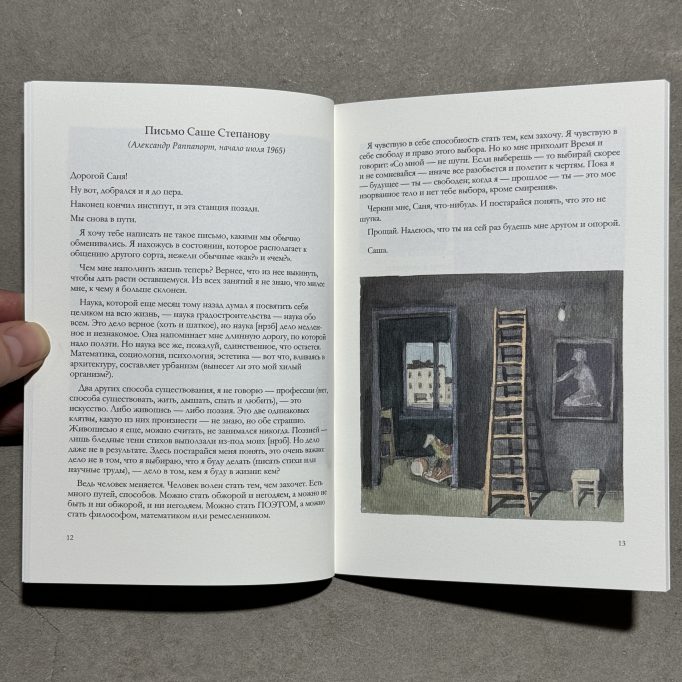
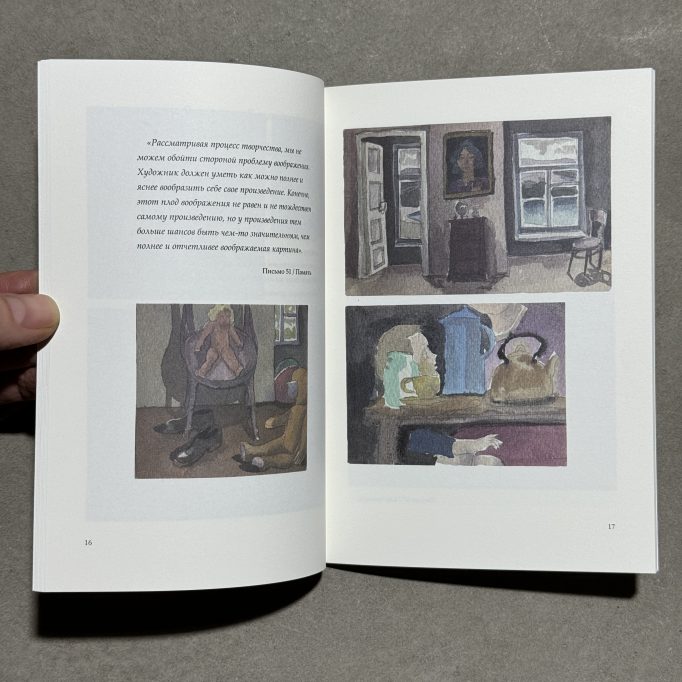
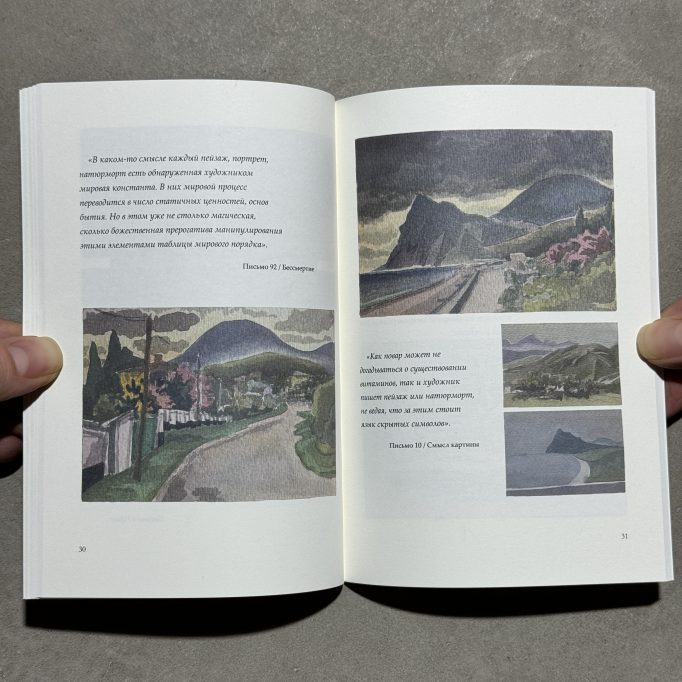

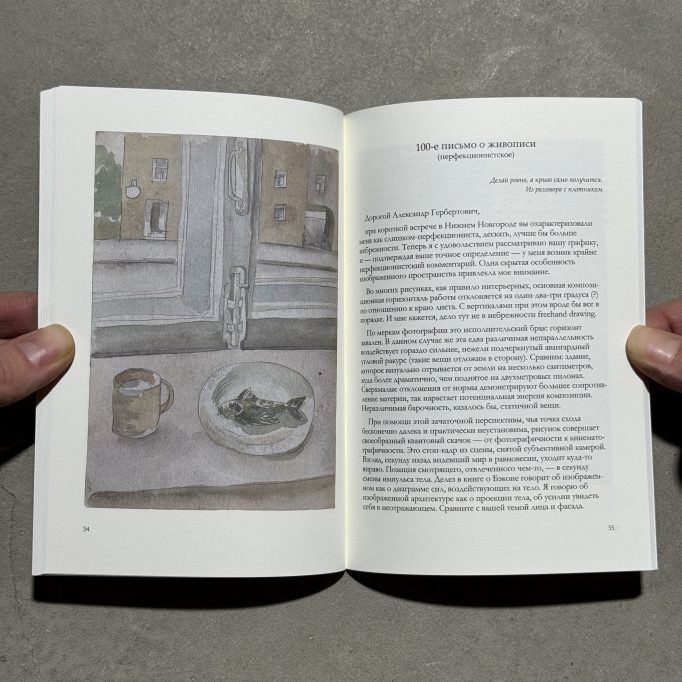
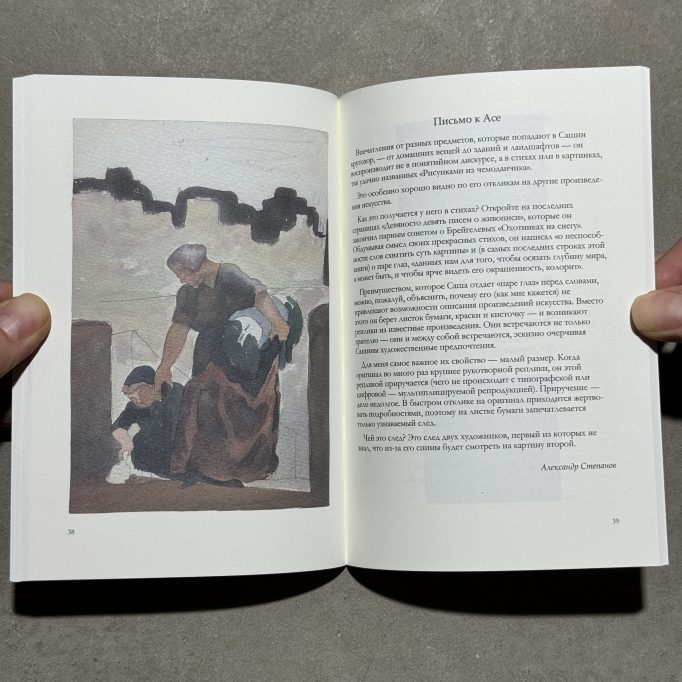

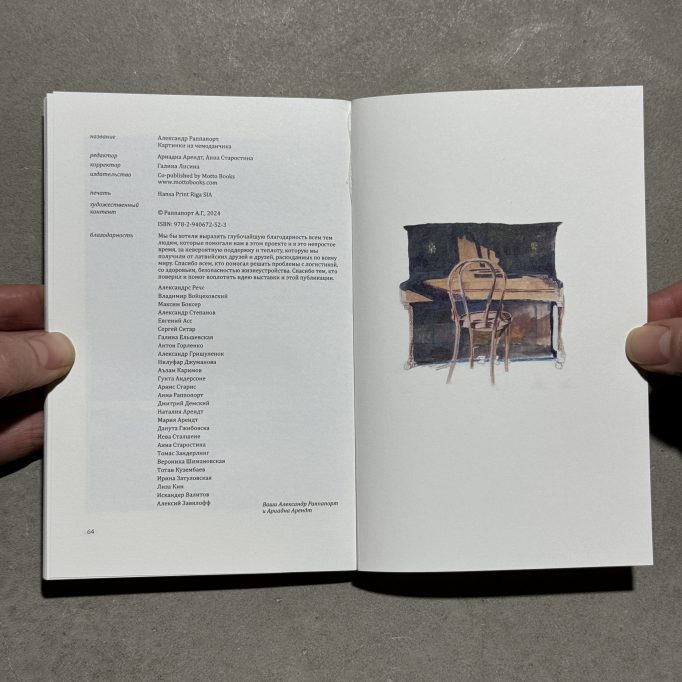
The book is published on the occasion of the exhibition “Pictures From a Briefcase” by Alexander Rappaport at Maxim Boxer Gallery, Riga, Latvia from August 15 to September 9, 2024.
“Pictures From a Briefcase by Alexander Rappaport I find interesting first of all, because seeing only them one would not suspect the intensity, originality and scope of his thought on topics so far removed from everything that is depicted in them. The pictures, unlike his texts, are so unassuming and modest. It seems they are like an earthly anchor above which his ideas soar at unattainable heights.
All together they look like illustrations for a novella, which could either have actually been written, or exists only in the author’s imagination. There is nothing fantastic, exotic, or esoteric here. An ordinary domestic environment.
But an environment, unlike space, always belongs to someone. And yet in Pictures from a Briefcase there is no visible inhabitant, or hero of this book. You are right to suspect the author’s invisible presence. Sasha’s drawings are about himself.
But not his full spiritual life, it seems to me they are only about that side of him in which he is alone. Not in the public space of his blog the Tower and Labyrinth or his articles and texts.
Pictures from a Briefcase is about «The Man in a Case». But let’s not get carried away with this analogy. In Chekhov’s story the whole person is in the case, but in Sasha’s briefcase there is only one side of his life. The quiet and sad one.”
Alexander Stepanov
–
Letter to Sasha Stepanov
(Alexander Rappaport, early July 1965)
Dear Sanya!
Well, I’ve finally picked up the pen.
I’ve finished my studies, and that chapter is behind me.
We are on the road again.
I want to write you a different kind of letter than what we usually exchange. I find myself in a state that invites a different kind of communication, rather than the usual “how are you?” and “what’s up?”.
What should I fill my life with now? More precisely, what should I discard to allow what remains to grow? Among all pursuits, I don’t know what I cherish most or what I am most inclined towards.
The science I thought I would devote my entire life to just a month ago—urban planning—is a science about everything. It’s a reliable (though shaky) endeavor, but the science is slow and unfamiliar. It reminds me of a long road that must be crawled upon. Yet, science is perhaps the only thing that remains. Mathematics, sociology, psychology, aesthetics—these, blending into architecture, form urbanism (will my frail body withstand this?).
There are two other ways of existing; I’m not talking about professions (no, I mean ways to exist, live, breathe, sleep, and love)—these are the arts. Either painting or poetry. These are two equal vows; I don’t know which one to take, but both are terrifying. I can hardly say I have ever truly engaged in painting. With poetry, only pale shadows of verses have crawled out from beneath my [unclear]. But it’s not even about the result. Here, try to understand me; this is very important: it’s not about what I choose to do (write poetry or scientific works)—it’s about who I will be in life: who?
After all, a person changes. A person is free to become whatever they want. There are many paths, many ways. One can become a glutton and a scoundrel, or one can be neither a glutton nor a scoundrel. One can become a POET or a philosopher, mathematician, or craftsman. I feel within me the capacity to become whoever I wish. I feel the freedom and right to make that choice. But Time comes to me and says: “Don’t joke with me. If you choose, choose quickly and don’t hesitate; otherwise, everything will shatter and fly to hell. As long as I am the future, you are free; when I am the past, you are my torn body, and you have no choice but to submit.”
Write me something, Sanya. And try to understand that this is not a joke.
Goodbye. I hope this time you will be my friend and support.
Sasha.
–
Alexander Gerbertovich Rappaport – a theorist and historian of architecture, philosopher, art historian, writer, blogger, and artist. He spent his childhood in Leningrad, lived in Moscow, London, and for the last twenty years – in a remote seaside village of Mazirbe in Latvia.
Alexander Rappaport is best known for his extensive work in the field of theory and history of architecture, having written several thousand texts. His works address fundamental issues in the history of architecture and professional thinking, touching on art history, philosophy, and cultural theory.
Alexander Rappaport comes from an artistic and cinematographic family. His father, the well-known film director Herbert Rappaport, an Austrian of Jewish descent, came to the Soviet Union in 1936 to work at the “Lenfilm” film studio. Here he met costume designer Lydia Shildknecht. She also came from a family of artists and architects: her father, artist Pyotr Shildknecht, emigrated from the Soviet Union in 1924 to work in European cinema. Among his films are “The Golden Age,” “An Andalusian Dog” (directed by L. Buñuel, screenplay by S. Dali), and many others. His father Nikolai Alexandrovich Shildknecht was an academic of architecture in imperial St. Petersburg.
Alexander Rappaport was born on October 23, 1941, under dramatic circumstances: his family was evacuated to Almaty (Kazakhstan) from besieged Leningrad. His mother went into labor on a train at the Vologda station, which became his accidental birthplace.
The family returned to Leningrad after the war in 1946. Rappaport’s beloved grandmother, singer Lydia Ivanovna Shildknecht (Matsievskaya), along with his uncle Viktor Shildknecht, moved to Riga after the war. Viktor was a film artist who was one of the founders of the Riga Film Studio. In childhood, Alexander spent every summer in Jurmala, which formed a strong connection for him with Latvia as the happiest place in his life.
In 1958, Rappaport entered the Leningrad Engineering and Construction Institute (LISI) in the architecture faculty. In 1964, he went to Georgia, where he studied drawing with a friend of his mother, Vasily Shukhaev, and lived in the house of Elena Akhvlediani. In Leningrad, he mingled with literary and artistic circles. His acquaintances with Anna Akhmatova, Viktor Sosnora, David Dar, Gleb Gorbovsky, and Joseph Brodsky influenced his entire life. Rappaport moved to Moscow in the early 1970s, where he continued to work as a theorist of architecture. Here he met the renowned philosopher Georgy Petrovich Shchedrovitsky and was a member of his Moscow methodological circle for almost ten years. This became a significant chapter in Rappaport’s life.
In 1991, at the invitation of the BBC as a radio correspondent, Rappaport moved to London with his wife, artist Natalia Arendt, and their four-year-old daughter Ariadne Arendt, to start a new life there.
In 2004, Rappaport took another decisive step, leaving London and settling in the Latvian village of Mazirbe on the desolate Livonian coast. Amidst a dense pine forest, he transformed a traditional farmstead into an interesting organic architectural project, where he lives alone, plays the piano, paints, and blogs – this has been his main activity for the last twenty years.
Author: Alexander Rappaport
Publisher: Maxim Boxer Gallery; Motto Books
Order here
